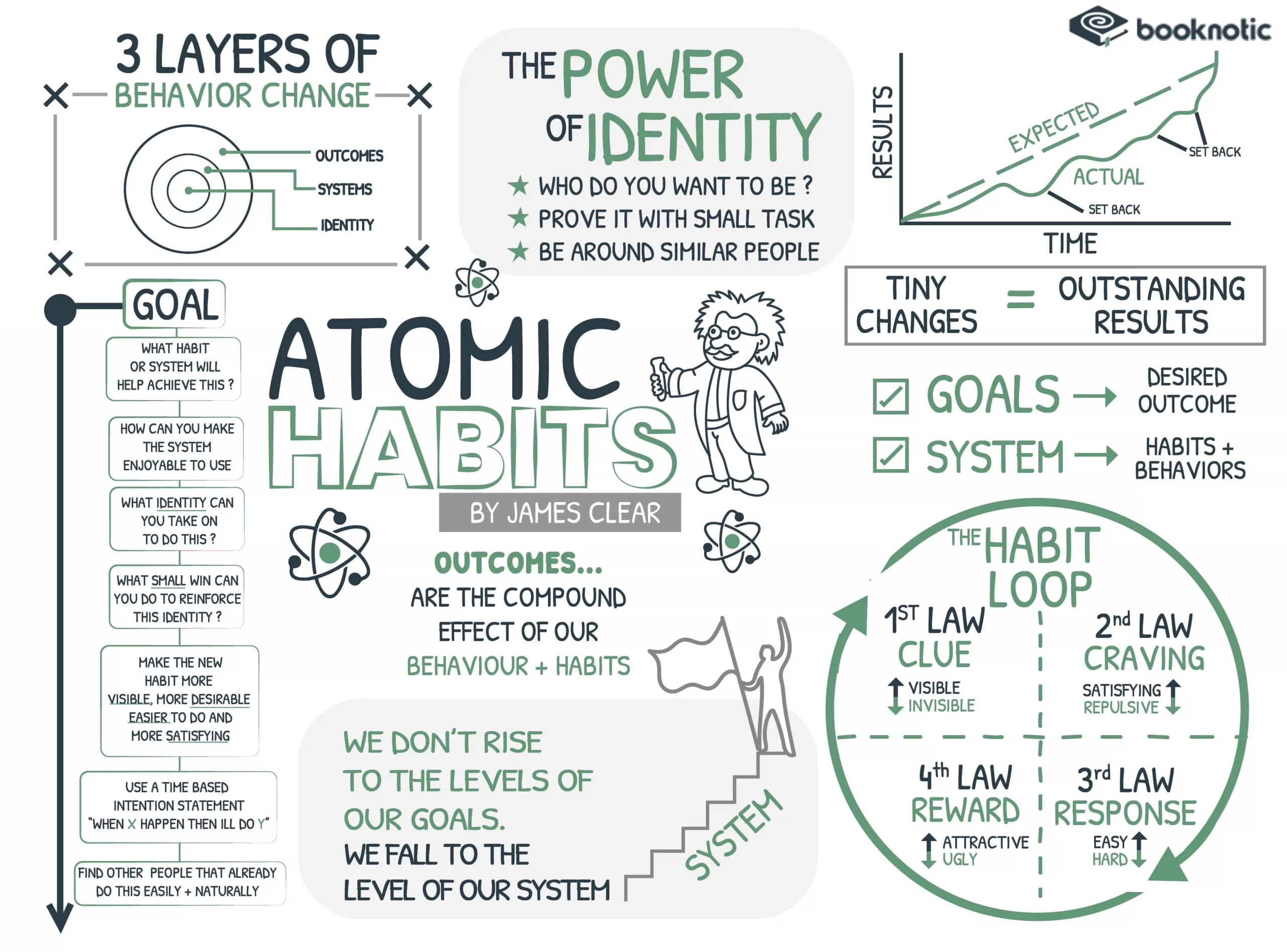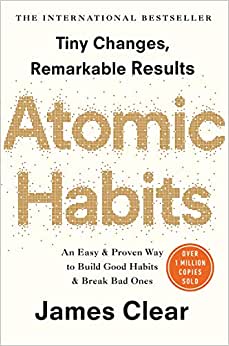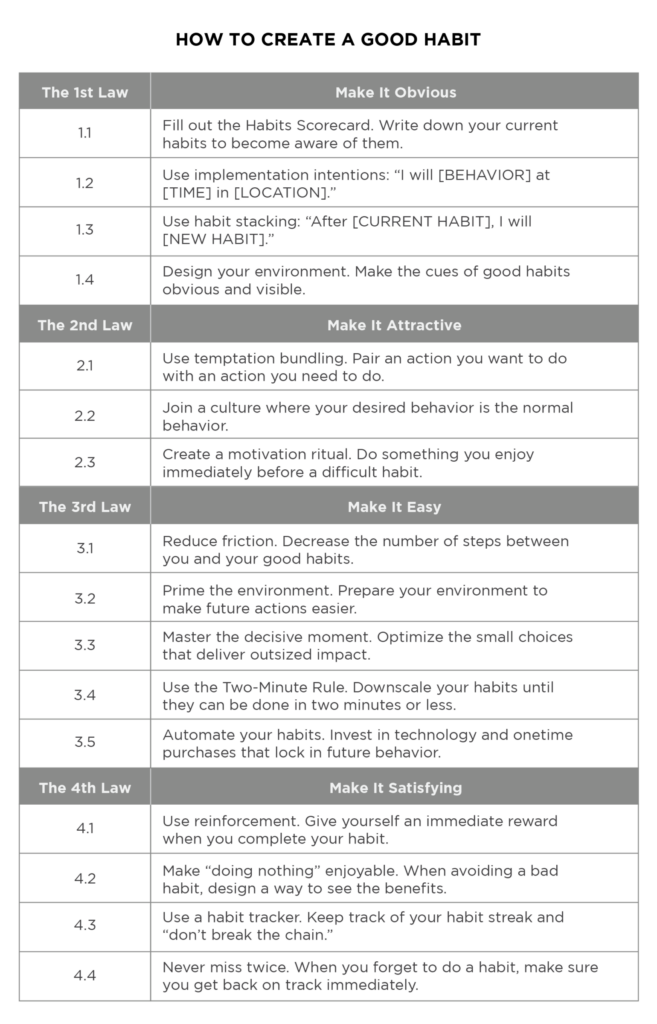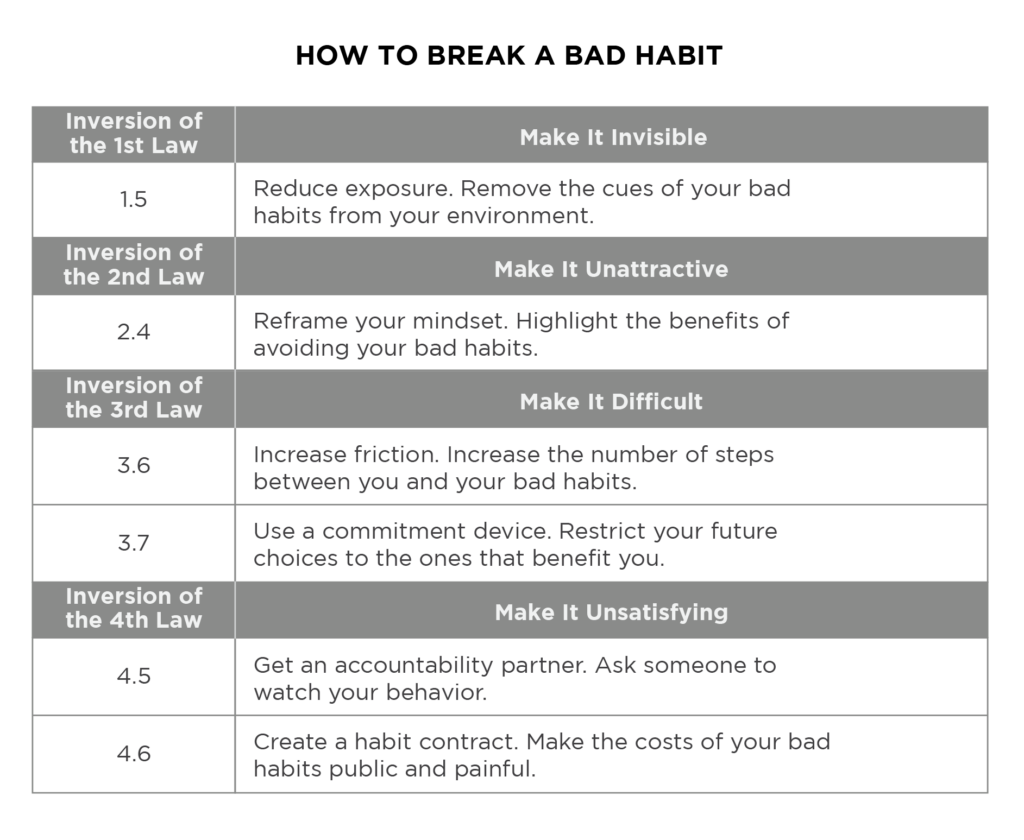In this captivating introduction to the “Atomic Habits Summary,” you will find a comprehensive overview of the book, “Atomic Habits.” With a focus on lessons learned, engaging stories, and practical examples, this summary delves into the power of habit formation and how it can positively impact your life. Packed with insightful quotes and relatable anecdotes, this recap will inspire you to take action and make small changes that lead to big results. So, grab a pen and paper, get ready to be motivated, and let’s dive into the world of atomic habits!
Introduction
Welcome to this comprehensive article on the book Atomic Habits by James Clear. In this article, we will explore the power of atomic habits, how they shape your identity, and the role of the environment in shaping your habits. Get ready to learn how small, incremental changes can lead to remarkable transformations in your life.
Chapter 1: The Surprising Power of Atomic Habits
In the first chapter of Atomic Habits, James Clear introduces the concept of atomic habits and highlights their surprising power. Atomic habits are small, consistent actions that compound over time to create significant results. Clear emphasizes that it’s not the scale of the change that matters, but rather the consistency of the habit.
He shares the story of the British cycling team, who experienced a remarkable turnaround by focusing on small improvements in various areas rather than one major change. By making tiny adjustments to their training, nutrition, sleep, and equipment, they were able to achieve outstanding success. This story demonstrates how small changes can lead to big differences.

Understanding Atomic Habits
To truly grasp the power of atomic habits, it’s important to understand how they work. Clear explains that habits follow a four-step loop: cue, craving, response, and reward. The cue is a trigger that initiates the habit, the craving is the desire or motivation behind the habit, the response is the actual habit, and the reward is the positive reinforcement that reinforces the habit loop.
By becoming aware of this loop and understanding the role each step plays, you can intentionally design and modify your habits. Clear emphasizes the importance of creating cues that make the desired behaviors obvious, cultivating cravings that drive you to take action, and engineering rewards that make the habit satisfying.
Why Tiny Changes Make a Big Difference
Clear argues that tiny changes make a big difference because they address the system rather than the goal. Goals are useful for defining your direction, but systems are what actually lead to long-term success. He explains that when you focus on getting a little bit better each day, the results compound and lead to significant improvements over time.
For example, if your goal is to lose weight, instead of fixating on the number on the scale, focus on developing healthy eating habits and a consistent exercise routine. By making small changes to your daily routine, such as swapping sugary drinks for water or taking the stairs instead of the elevator, you are implementing a system that will naturally lead to weight loss.

Chapter 2: How Your Habits Shape Your Identity (and Vice Versa)
In this chapter, Clear delves into the relationship between habits and identity. He argues that your habits are not just actions you perform, but reflections of who you believe yourself to be. Your identity shapes your habits, and in turn, your habits shape your identity.
Clear shares an insightful story of a man named Alex, who successfully quit smoking by changing his identity. He stopped thinking of himself as a smoker and started identifying as a non-smoker. By making this fundamental shift in his identity, he was able to break free from the habit that had held him captive for years.
The Relationship Between Habits and Identity
To change your habits, Clear suggests focusing on changing your identity first. He states, “The most effective way to change your habits is to focus not on what you want to achieve but on who you want to become.” By aligning your habits with the identity you desire, you can set yourself up for long-term success.
For example, if you want to become a writer, start by cultivating the habit of writing daily. By consistently showing up and embracing the identity of a writer, you will naturally develop the skills and qualities associated with that identity.

How to Build a New Identity
Clear provides practical strategies for building a new identity that supports the habits you want to adopt. He suggests using affirmations and visualizations to reinforce the desired identity, finding role models who embody the identity you seek, and joining groups or communities that share that identity.
For instance, if you want to become a more disciplined individual, you can start by affirming to yourself every day, “I am a disciplined person.” Visualize yourself acting with discipline in different situations. Seek out role models who exemplify discipline and learn from their habits and behaviors. Finally, surround yourself with people who prioritize discipline and are committed to personal growth.
Chapter 3: The Third Layer – Changing Your Environment
In chapter 3, Clear introduces the concept of the third layer of habit change – changing your environment. He explains that your environment has a profound impact on your habits and that making small modifications to your surroundings can make it easier to stick to desired behaviors.

The Role of Environment in Shaping Habits
Clear emphasizes that your environment should make the desired habits the path of least resistance. If you want to eat healthier, for example, reorganize your kitchen so that nutritious foods are easily accessible, while unhealthy snacks are stowed away. Modify your physical spaces to align with the habits you want to cultivate.
Furthermore, Clear suggests reducing the friction associated with good habits and increasing the friction associated with bad habits. For example, if you want to read more and scroll through social media less, store books in visible places and remove social media apps from your phone.
Motivational Bullet Points
To wrap up this comprehensive article on Atomic Habits, here are some motivational bullet points to inspire you on your journey of habit change:
- Remember that small, consistent actions can lead to remarkable transformations.
- Focus on the system rather than the goal, as systems drive long-term success.
- Embrace the identity of the person you want to become and align your habits accordingly.
- Surround yourself with people and environments that support your desired habits.
- Cultivate a growth mindset and view setbacks as opportunities for learning and growth.
- Take it one day at a time, celebrating each small victory along the way.
Start implementing atomic habits today and watch as your life transforms in ways you never thought possible. Remember, it’s the little things that make the biggest difference.


